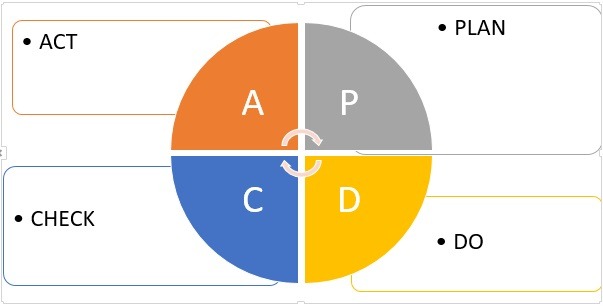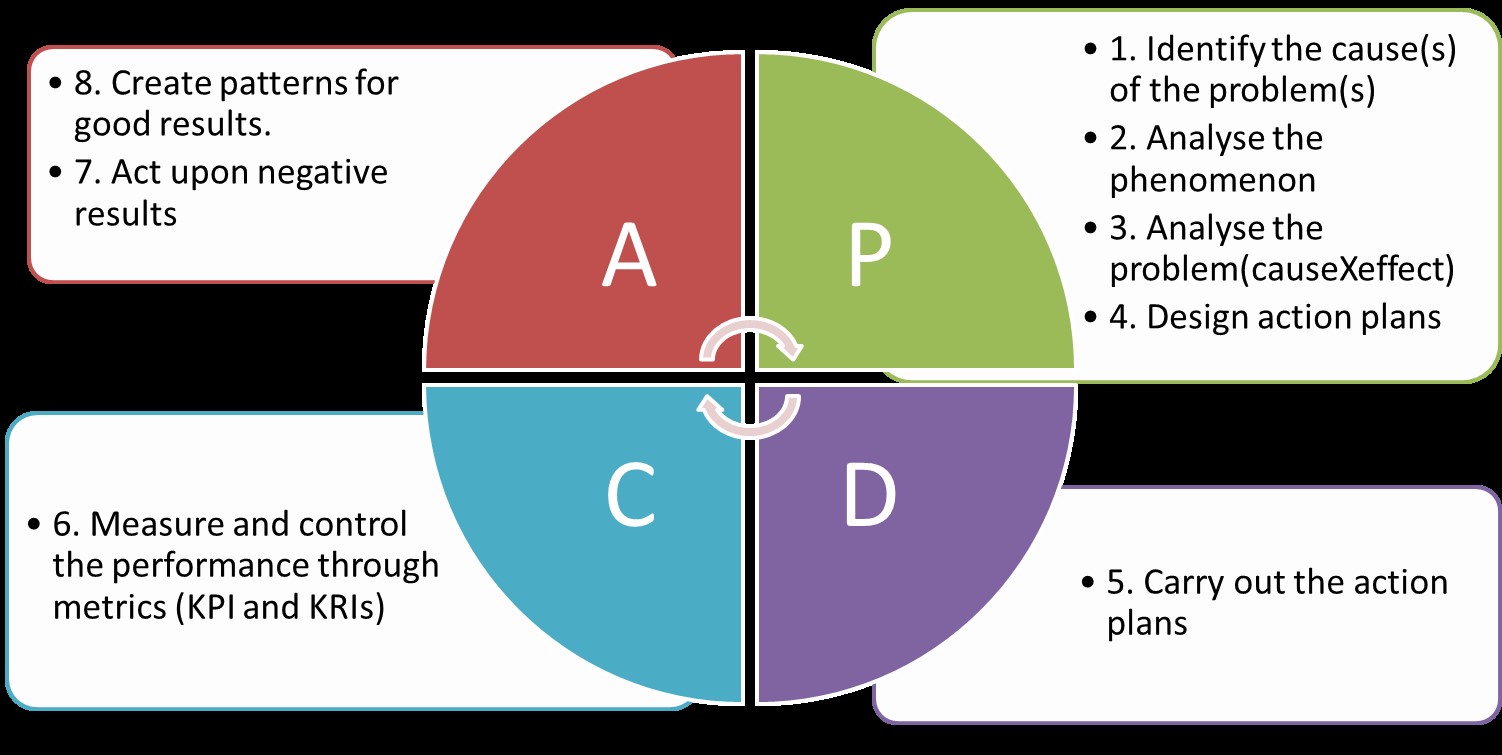Strategy Design and Execution in Education Management
When designing a strategy, a paramount and inherent aspect for a successful endeavour is that each action is in line with the expected performance and result indicators. There must be a clear goal, a road map that will reveal the path to be trailed, what one should expect and the final destination.
As Seneca suggests:
“If one does not know to which port one is sailing, no wind is favorable”
A strategy will always demand a series of actions to be successful. Depending on the magnitude of the task, we may be talking about a portfolio of projects. Projects, in this case, would lay the groundwork for strategy execution. Aligning projects to strategy is a real step forward when it comes to maximising chances of success. According to the PMI institute, high-performing organizations successfully complete almost 90% of projects, whereas low performers complete less than 40% of projects successfully. Low performers waste more than 10 times more resources than high-performing organizations.
In this article, I will explore how strategies can be implemented through performance enhancement and project portfolio. Moreover, I will point out how managers can use Metrics to keep track of the changes, act upon needed areas and maximise chances of success. It will be divided in two parts. Part 1 will focus on strategy design and how a project portfolio can help an LTO (Language Teaching Organizations) maximise chances of strategy success. Part 2 will explore planning, execution and monitoring tools and metrics such as KPIs (Key Performance Indicators) and KRIs (Key Result Indicators). Thus, allowing managers control over the route and outcomes of a given project.
Strategies are focused overall on innovation or on efficiency improvements. The former may be related to the introduction of a new pedagogical backbone or any disruptive trend in the teaching/learning interface. The latter is linked to any attempt to ameliorate an already offered service, teaching technique, human resources strategy, etc.
An intervention is an attempt to boost performance, allowing the LTO (Language Teaching Organization) to be better positioned in the market (maybe because it offers better quality to final clients – students). It may also be focused on a healthier financial situation, meaning that it has to offer more using fewer resources. The graph, as follows, shows this process.

A very effective way to implement a strategy is to divide the strategy into different branches of projects, also named portfolio of projects. A trait of a project portfolio is that it is 100% aligned with the strategy. This way, resources will be allocated according to the strategy.

This way, school projects management will be under the strategic priorities of the organization. This means that all potential resources will be canalised to the accomplishment of the strategic goals, in this case students’ retention.

In my next article, we will delve into project planning and execution in the context of language teaching organizations and portfolio management. How to get it off the drawing board and take your language institution to the next efficiency and success level. What are your thoughts on this issue? Feel free to write your comments down below.
Fortune magazine claimed, in 1999, that 70% of strategic failures are due to poor execution and in 2003, suggested that less than 10% of strategies are well executed according to the plan. Evidence endorsing this idea abound in management as a whole and education management is no exception. Strategy execution is difficult in practice for many reasons, but a key impediment to success is that execution is rarely seen as a set of techniques and control measures.
Therefore, successful strategies need not only sound planning but also efficient execution. In keeping with this, a PDCA cycle proves to be extremely helpful. It divides any project into 4 phases: Plan, Do, Check and Act.

Plan
In this stage, a document called project charter is designed. It has information about the objectives (always SMART), scope, risks’ analysis, premises, chronogram, deadlines, budget, scope, etc. I strongly recommend inviting key stakeholders (teachers, students, parents) whenever possible and appropriate to collect information in keeping with their expectations, needs and wants. Monitor stakeholders closely, especially the ones with high influence in the project.
Do
This is the execution stage, the most important and more often than not, the most overlooked. This suggests that the execution phase has its own rules. Aspects that are overlooked are communication, clear roles and responsibilities, realistic deadlines, good time management and adequate guidance. Blind delegation and poor communication skills are often the main cause of poor execution.
Check
“You can’t manage what you can’t measure”
Peter Drucker
We will now bring into focus the check or monitor stage. In strategy execution, what gets measured gets done. Taking this one step further, what gets measured closely and appropriately gets done faster. In order to guarantee that the processes involved with performance improvement are on track, managers need to use metrics such as KPIs and
- KRIs. A basic definition can be found below:
- KPIs: Key Performance Indicators are the most important metrics related to the main aspects that will lead to the strategic results. They are linked to the means that will yield the results. Therefore, the performance aspects that are essential to produce the expected results.
- KRIs: Key Result Indicators highlight whether or not the desired result(s) is/are being materialised or not.
Act
A sound plan suggests what managers can expect in a given moment of the project. Hence, KPIs point out if the plan is working as expected. In case performance results are disappointing, a thorough analysis of the situation will provide decision makers with enough information to take action. Hence, management tools, KPIs, right problem solving techniques and decision-making tools are paramount to any strategy success. Moreover, when it comes to strategic planning, the better managers are equipped in terms of managerial tools and expertise, higher the odds of success.
To sum up, schools increase their efficiency when their strategy is clear. Moreover, strategies are better materialised through portfolio of projects and each project is conducted through a PDCA cycle. Each project has its own metrics such as KPIs and KRIs. When projects are efficiently monitored, problems can be pre-empted, mitigated or even addressed completely. Therefore, managing means monitoring, anticipating issues and acting accordingly. It has nothing to do with empiricism, gut feeling or any home-grown approaches. On the contrary, intelligent strategy planning and execution is a must if schools aim at being successful. While the approach outlined here will not guarantee success, it will greatly improve the odds. The same cannot be said about a laissez-faire management behaviour since, more often than not, it only produces stress, failure and frustration. A clear perception the goals, means, potential risks and mitigating measures are more than necessary.

As Franklin Roosevelt states:
“To reach a port we must set sail –
Sail, not tie at anchor
Sail, not drift.”




